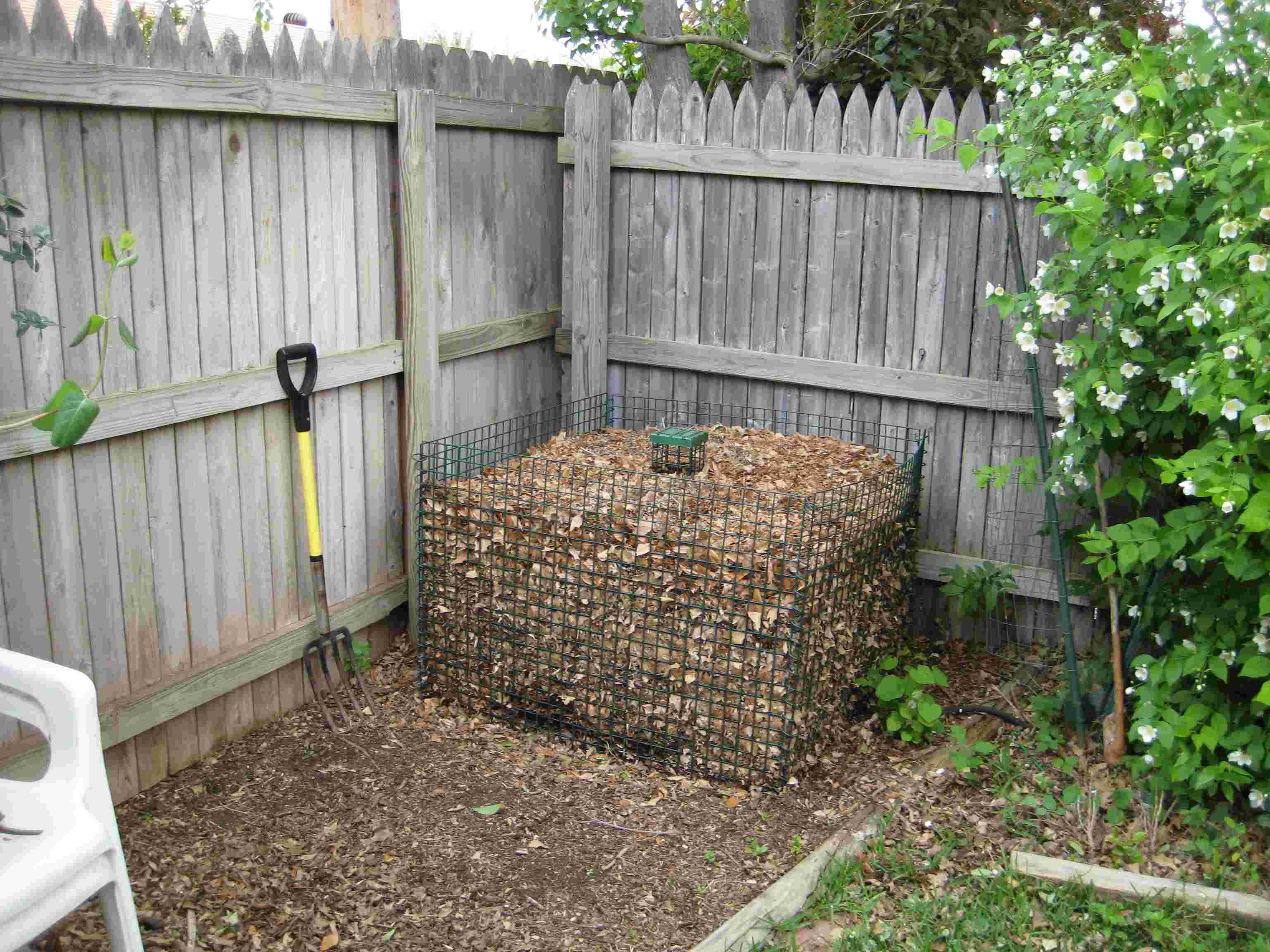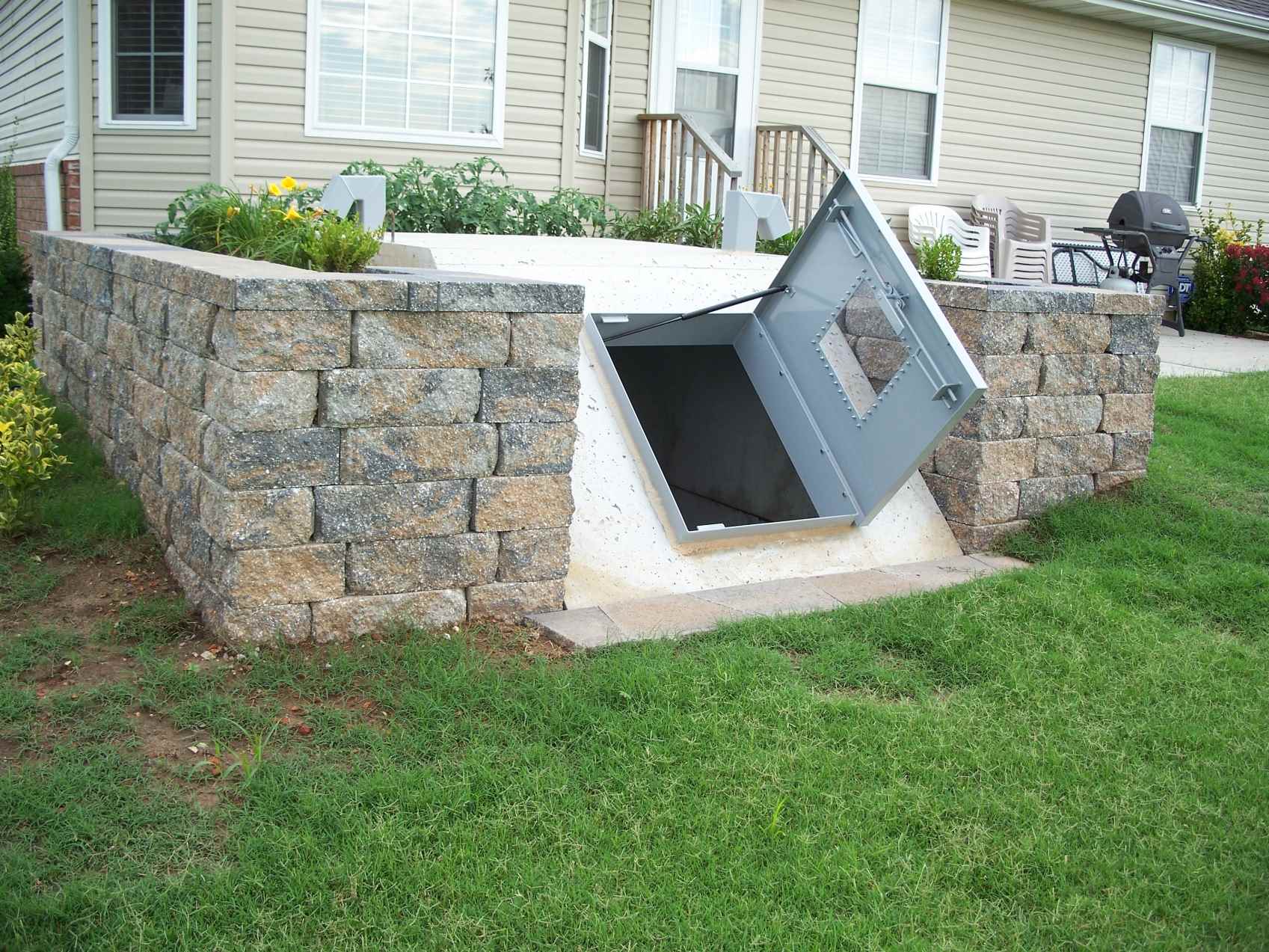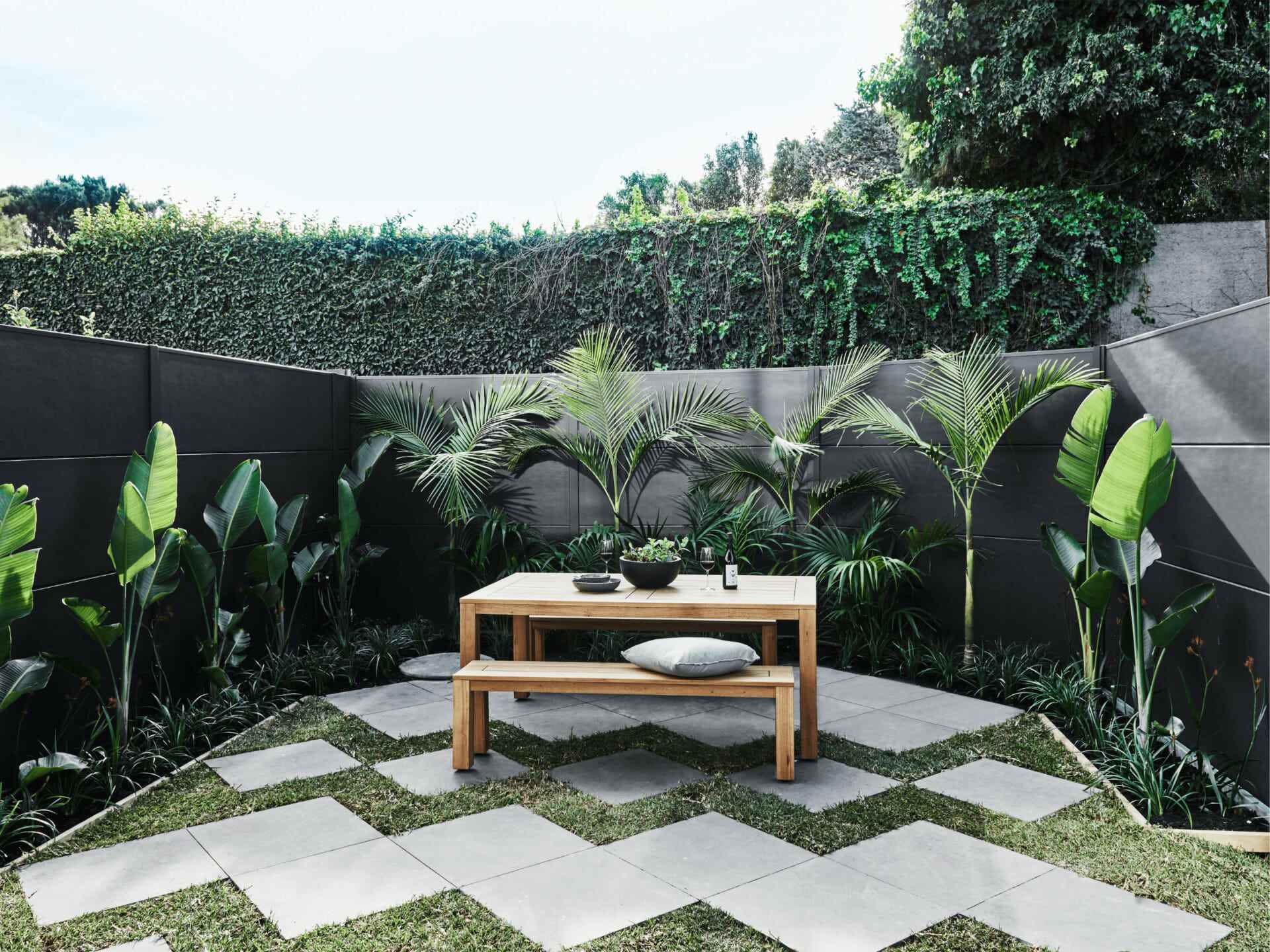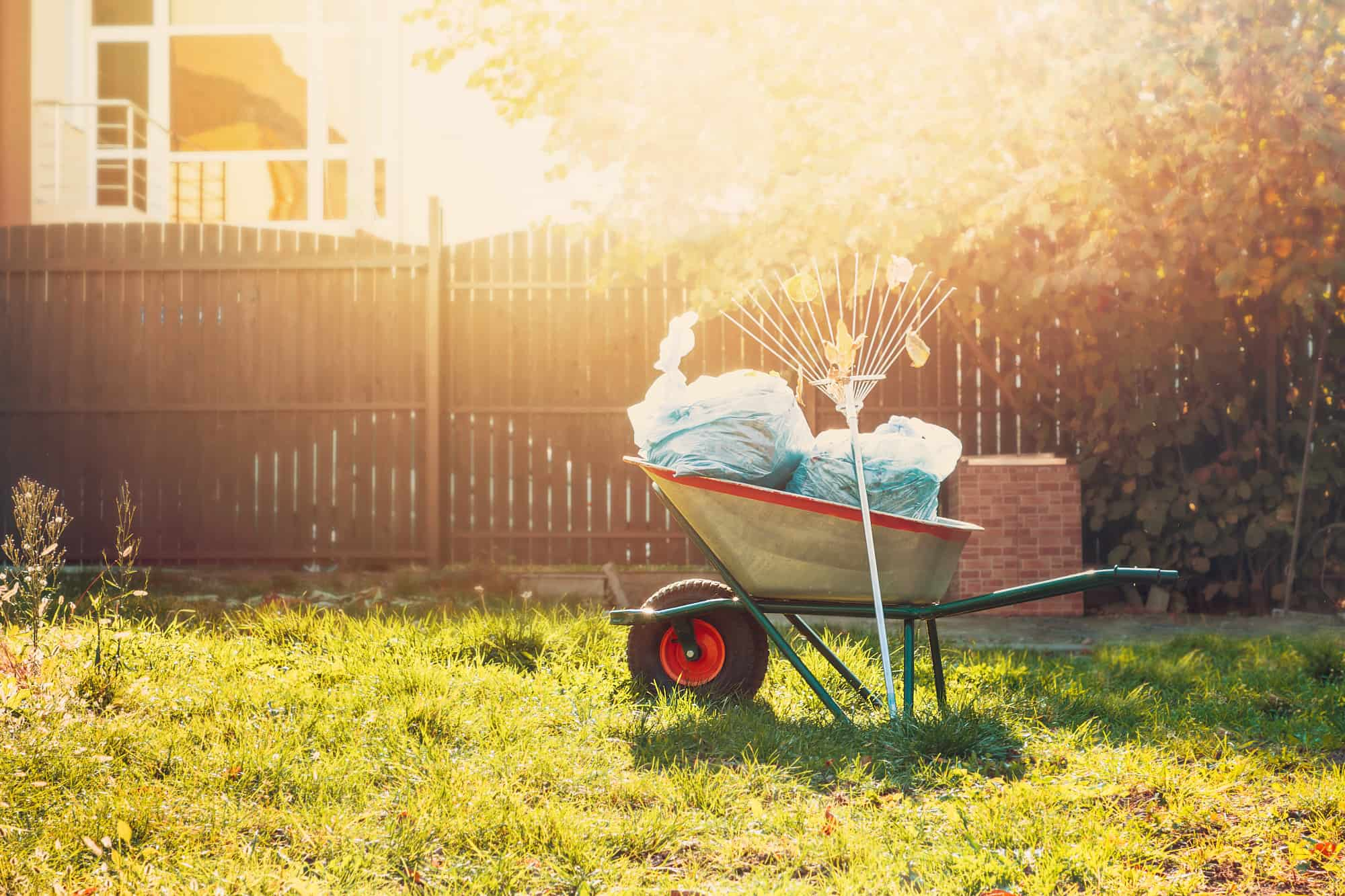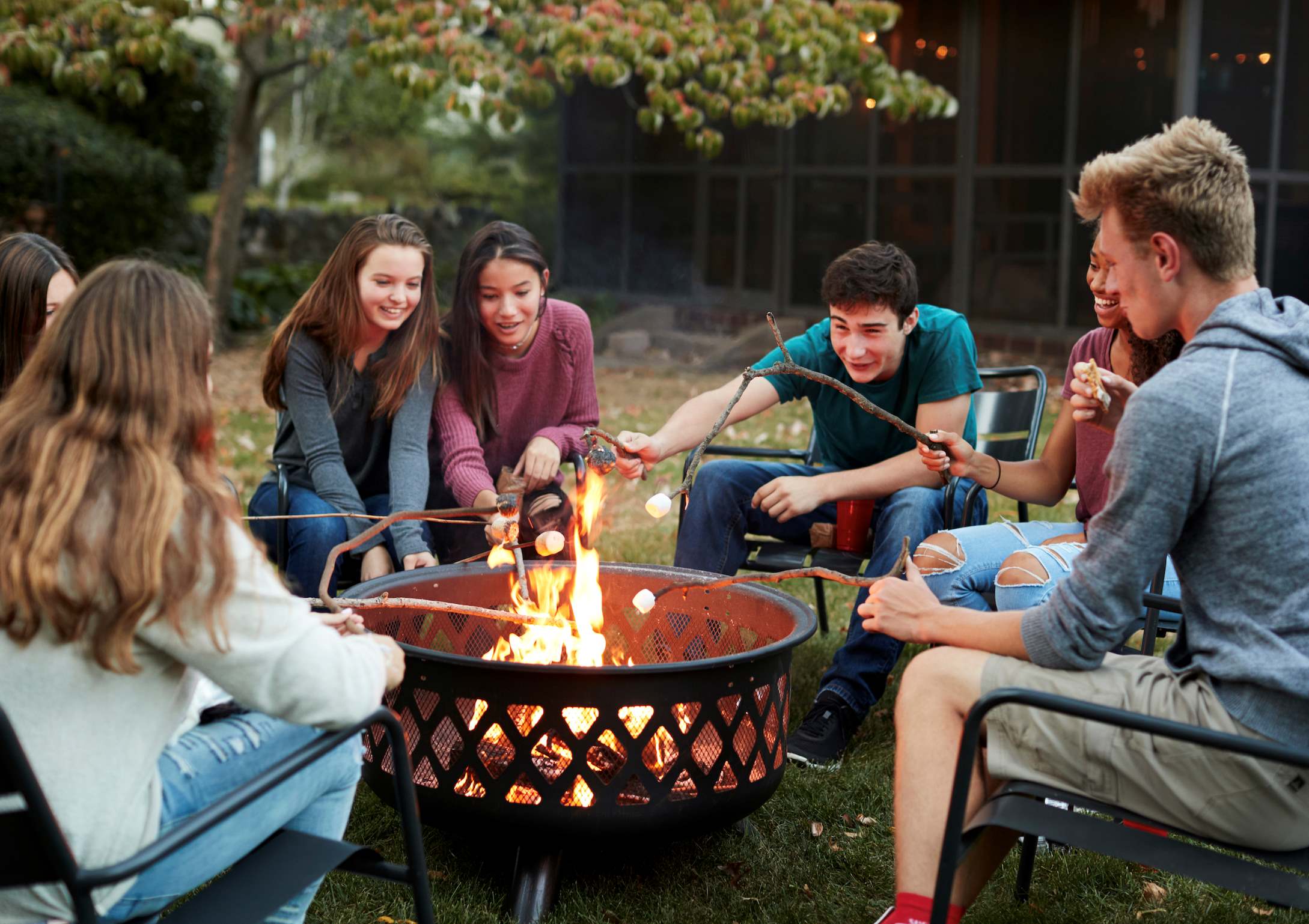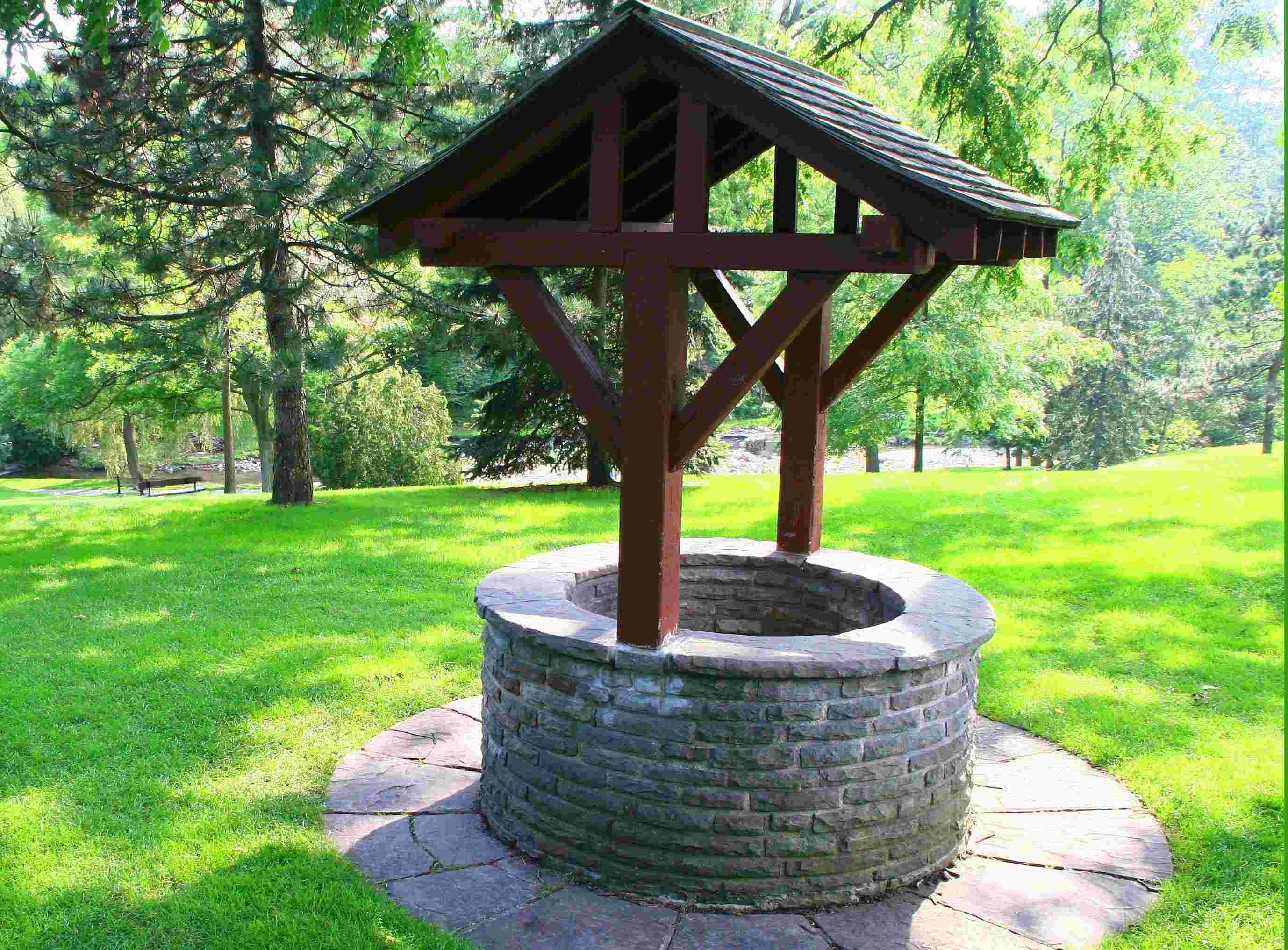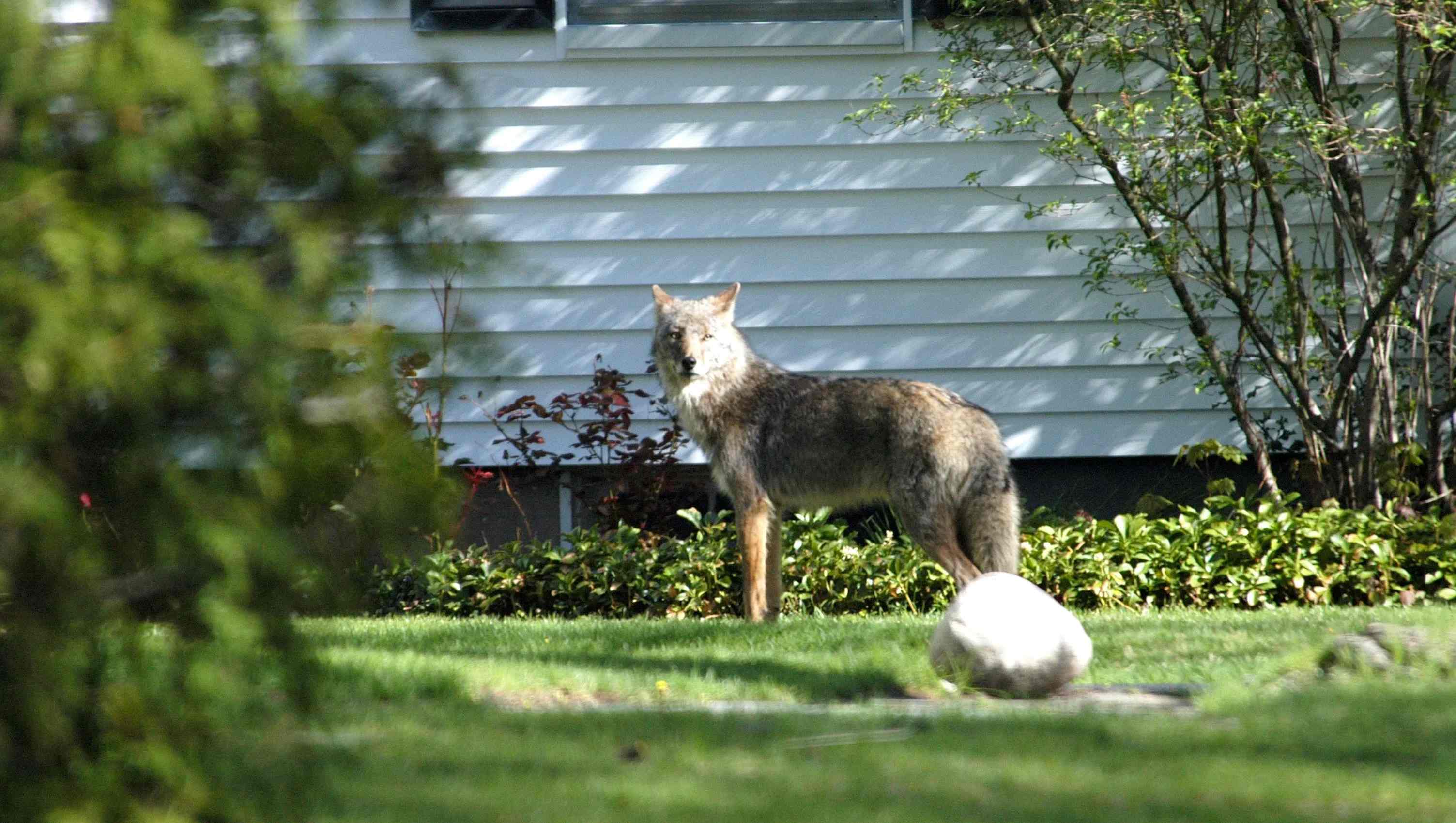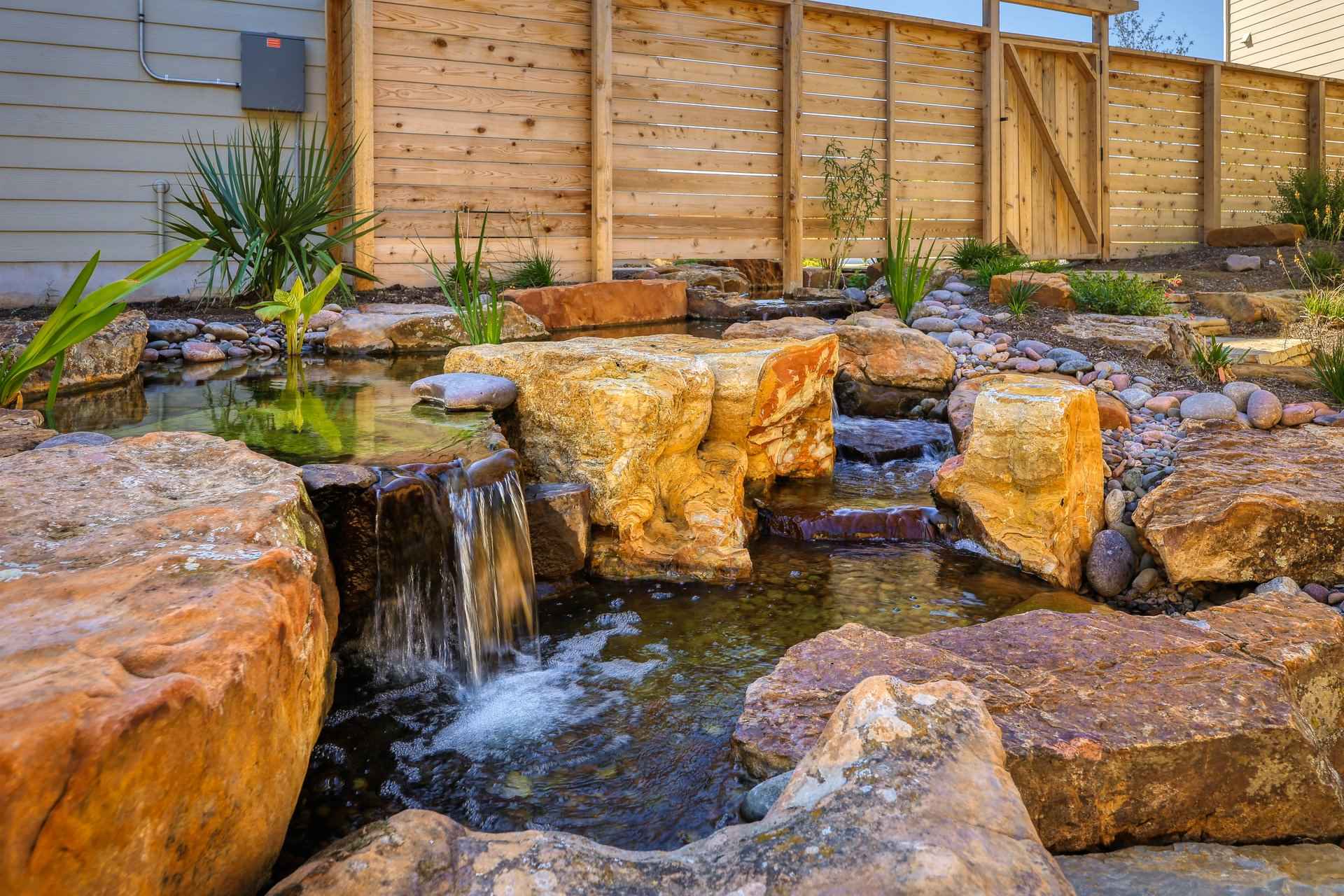Home>Gardening News and Trends>How To Find Geodes In Your Backyard
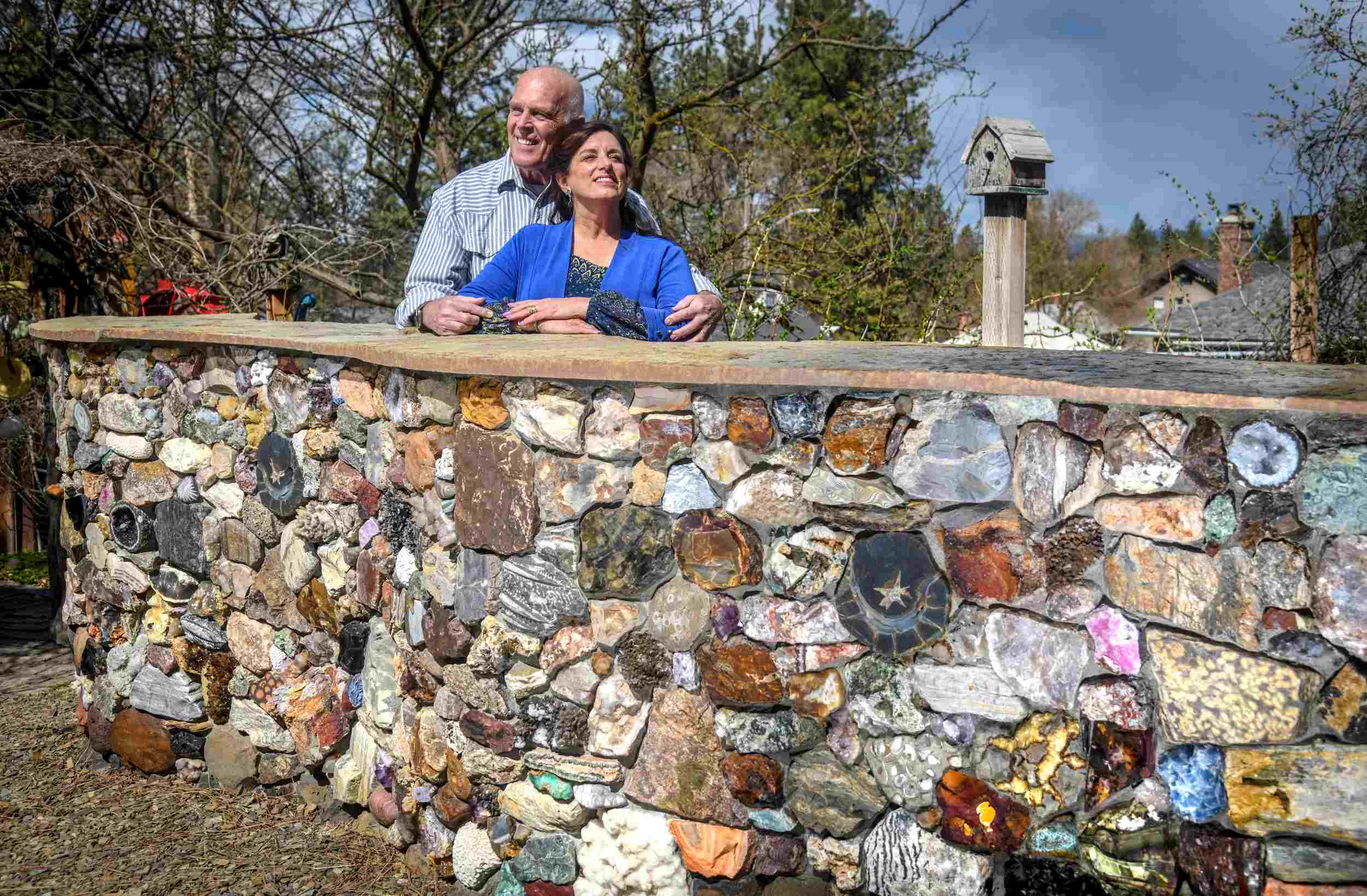

Gardening News and Trends
How To Find Geodes In Your Backyard
Published: August 5, 2023
Looking for the latest news on how to find geodes in your backyard? Discover our expert tips and techniques to unearth these hidden treasures right at home!
(Many of the links in this article redirect to a specific reviewed product. Your purchase of these products through affiliate links helps to generate commission for Chicagolandgardening.com, at no extra cost. Learn more)
Table of Contents
- Introduction
- Step 1: Understanding Geodes
- Step 2: Identifying Potential Geode Areas in Your Backyard
- Step 3: Obtaining the Necessary Tools
- Step 4: Prepping the Area for Geode Hunting
- Step 5: Searching for Geodes
- Step 6: Assessing and Cleaning your Geode Finds
- Step 7: Preserving and Displaying Geodes
- Conclusion
Introduction
Welcome to the wonderful world of geodes! If you are looking for a fascinating adventure without leaving the comfort of your own backyard, then geode hunting might be the perfect activity for you. Geodes are natural formations that contain hollow cavities lined with beautiful crystals. They can be found in various regions around the world, and yes, even in your own backyard!
Geodes are formed over millions of years through the process of mineral deposition. As groundwater seeps through porous rocks, it carries minerals with it. Over time, these minerals accumulate and form crystals inside the hollow spaces of a geode. The outer layer of a geode is usually made of a rough, nondescript rock, while the inner cavity contains a dazzling display of crystals.
Geode hunting is not only thrilling but also educational. It allows you to connect with nature, learn about geology, and discover the hidden treasures right beneath your feet. In this article, we will guide you through the process of finding geodes in your backyard. So grab your tools and let’s get started on this exciting journey!
Step 1: Understanding Geodes
Before embarking on your geode-hunting adventure, it’s essential to have a solid understanding of what geodes are and how they are formed. Geodes are spherical or oblong-shaped rocks that contain hollow cavities lined with crystals. These cavities are often filled with a variety of minerals, such as quartz, calcite, or amethyst, which create stunning crystal formations.
Geodes are typically formed in volcanic or sedimentary rocks. During the formation process, various factors like volcanic activity, water movement, or changes in pressure and temperature contribute to the creation of geodes. Over time, as mineral-rich water seeps into the cavities of these rocks, the minerals slowly crystallize, forming the beautiful crystals that we find inside geodes.
The outer shell of a geode is usually rough and unassuming. It can be made of different rocks like basalt, limestone, or sandstone. On the outside, a geode may not give away its hidden treasures, but don’t let its appearance fool you. It’s the inside that holds the true beauty.
Geodes come in various sizes, ranging from small ones that can easily fit in the palm of your hand to large ones that require two hands to hold. Keep in mind that the size of a geode doesn’t necessarily determine the quality or the crystals it contains. Some of the most stunning crystal formations can be found in smaller geodes.
To fully appreciate the beauty and complexity of geodes, it’s worth exploring the different types and variations that exist. From amethyst geodes with their stunning purple crystals to quartz geodes with their clear and sparkly formations, each type offers a unique experience. By familiarizing yourself with the different types of geodes, you can have a better idea of what to expect during your backyard geode hunt.
Step 2: Identifying Potential Geode Areas in Your Backyard
Now that you have a basic understanding of geodes, it’s time to identify the potential geode-bearing areas in your backyard. While geodes can be found in various locations, certain factors can increase the likelihood of finding them close to home.
1. Geological Research: Start by researching the geology of your area. Geodes are more likely to be found in regions with specific geological formations, such as areas with volcanic activity or sedimentary rocks. Look for information about the geological history of your region to determine the likelihood of finding geodes in your backyard.
2. Local Rock Collecting Clubs: Reach out to local rock and mineral collecting clubs or geological societies in your area. These groups often have experienced members who can provide valuable insights and guidance on finding geodes. They may also have information about known geode-rich areas near you.
3. Natural Landscape Indicators: Observe the natural landscape in your backyard. Look for areas with exposed rocks or rocky outcrops, as these can be ideal places for geodes to weather out of the ground. Look for signs of erosion and exposed layers of sedimentary rock, which are more likely to host geodes.
4. Local Stream Beds: If your backyard borders a stream or creek, it could be a potential hotspot for geodes. Moving water can expose geodes and carry them downstream, making it easier for you to find them along the water’s edge. Keep an eye out for any exposed rocks or gravel bars in the streambed.
5. Pay Attention to Surrounding Nature: Notice any unusual rocks or minerals you come across while gardening or landscaping. If you stumble upon interesting-looking rocks, it’s worth investigating further, as they might be indicative of geodes in the area. Remember, geodes are often disguised as ordinary rocks on the outside.
By taking note of these factors and conducting a little research, you can narrow down the potential geode-bearing areas in your backyard. It’s time to move on to the next step: gathering the necessary tools for your geode hunting journey.
Step 3: Obtaining the Necessary Tools
Now that you have identified potential geode areas in your backyard, it’s time to gather the necessary tools for your geode hunting adventure. Having the right equipment will not only make your search more efficient but also ensure that you can safely extract and preserve the geodes you find.
Here are the essential tools you’ll need:
1. Geode Crackers: Geode crackers are special tools designed to safely break open geodes without damaging the crystals inside. These tools typically consist of two metal halves that can be clamped together to exert even pressure on the geode, resulting in a clean break.
2. Safety Goggles and Gloves: Protecting your eyes and hands is crucial during the geode cracking process. Safety goggles will shield your eyes from flying rock particles, and gloves will prevent any accidental cuts or grazes while handling the geodes.
3. Hammer and Chisel: While geode crackers are ideal for larger geodes, a hammer and chisel can be useful for smaller or more stubborn geodes. Choose a hammer with a comfortable grip and a sturdy chisel with a sharp edge.
4. Brush and Soft Cloth: After cracking open a geode, you’ll want to gently brush away any loose rock particles to expose the crystals. A small brush, such as a toothbrush, and a soft cloth will come in handy for cleaning the geodes.
5. Container or Bag: You’ll need something to safely store and transport your geodes. A sturdy container, like a plastic container or a padded bag, will prevent any damage to the crystals.
Remember to always prioritize safety when using tools and handling geodes. Follow proper safety guidelines and use caution to prevent any accidents or injuries during your geode hunting adventure.
With the necessary tools at hand, you’re now ready to move on to the next step: prepping the area for geode hunting.
Step 4: Prepping the Area for Geode Hunting
Before you start the exciting search for geodes in your backyard, it’s essential to prepare the area and create an optimal environment for your geode hunting adventure. Follow these steps to ensure a successful and productive hunt:
1. Clear Debris: Begin by removing any debris or vegetation from the surface of the area you plan to search. This will provide you with a clear and unobstructed view of the ground, making it easier to spot potential geodes.
2. Inspect the Ground: Take a closer look at the soil and rocks in your designated area. Look for any signs of geodes, such as round or oval-shaped rocks that appear different from the surrounding materials. Pay attention to any areas where the soil seems to be loose or crumbly, as this can indicate the presence of geodes.
3. Use a Metal Detector: Consider investing in a metal detector to assist in your geode hunting. Some geodes may have metallic inclusions, which can be detected by a metal detector. This tool can help narrow down your search and increase your chances of finding geodes.
4. Locate Water Sources: Geodes are often formed through the accumulation of mineral-rich water. If there are any water sources or areas with higher moisture levels in your backyard, focus your search in those areas. Water sources can indicate a higher likelihood of finding geodes due to the presence of mineral-rich groundwater.
5. Create a Grid System: To ensure thorough coverage of your hunting area, consider creating a grid system. Divide the area into smaller sections and search one section at a time. This methodical approach will help prevent you from missing any potential geodes.
6. Be Patient and Observant: Geode hunting requires patience and keen observation. Take your time and carefully examine each rock and potential geode you come across. Look for any distinctive features like rounded shapes, unusual textures, or differences in coloration that may indicate a geode.
Remember, the process of finding geodes may require multiple visits and searches. Don’t get discouraged if you don’t find any on your first attempt. Keep exploring different areas of your backyard and refining your techniques. Geode hunting is as much about the journey and exploration as it is about the successful find.
Step 5: Searching for Geodes
With your area prepped and your tools ready, it’s time to begin the actual search for geodes in your backyard. Follow these tips to make your geode hunting experience successful and enjoyable:
1. Start Close to the Surface: Begin your search by focusing on the top layers of the ground. Geodes are often found relatively close to the surface, especially in areas with erosion or recent soil disturbances.
2. Scan for Rounded Shapes: Keep an eye out for rocks with rounded shapes or smooth textures. Geodes typically have a more spherical or oval shape, making them stand out amongst the more angular rocks in your backyard.
3. Look for Unusual Colors and Textures: Geodes often have a different appearance compared to the surrounding rocks. Look for rocks that have unique colors, textures, or patterns. Sometimes, geodes can have distinct bands or swirling layers on the outer surface.
4. Thoroughly Inspect Cracks and Fissures: Geodes can sometimes be partially exposed or cracked, giving you a peek into the inner cavity. Pay close attention to any cracks or fissures in rocks, as they may reveal the presence of a geode.
5. Use Natural Light to Your Advantage: Natural lighting can make it easier to spot the unique characteristics of rocks. Try to conduct your search during daylight hours and utilize sunlight to examine rocks more closely.
6. Dig with Caution: If you come across a potential geode that seems buried or partially underground, use your tools to carefully dig around it. Exercise caution to avoid damaging or cracking the geode during the excavation process.
7. Take Breaks and Rest: Geode hunting can be a physically demanding activity, especially if you spend a significant amount of time searching. Take regular breaks, stay hydrated, and rest when needed to keep your energy levels up.
Remember, geode hunting is not an exact science, and the process may take time. But don’t give up! Each discovery, big or small, adds to the excitement of the hunt. Stay persistent and enjoy the exploration as you search for these hidden gems in your own backyard.
Step 6: Assessing and Cleaning your Geode Finds
After successfully finding geodes in your backyard, the next step is to assess and clean your geode finds. This process allows you to fully appreciate the beauty and quality of the crystals inside. Follow these steps to assess and clean your geodes:
1. Inspect the Outer Shell: Examine the outer shell of each geode you found. Look for any signs of damage, cracks, or weaknesses that might affect the overall integrity of the geode. Make a note of any unique features or patterns on the outer surface.
2. Crack Open the Geodes: Use your geode cracker, hammer, or chisel to carefully break open the geodes, following proper safety guidelines. Apply even pressure along the geode, avoiding excessive force that could damage the crystals inside. Take your time and work systematically to achieve the best results.
3. Admire the Crystal Formation: Once you have cracked open the geodes, take a moment to marvel at the crystal formations inside. Geodes can contain a variety of crystals, such as quartz, amethyst, calcite, or agate. Observe the colors, shapes, and textures of the crystals. Each geode is a unique treasure waiting to be discovered.
4. Clean the Crystals: Gently brush away any loose rock particles or debris on the crystals using a soft brush or toothbrush. Rinse the geodes with water to remove any remaining dirt or dust. Be careful not to scrub the crystals aggressively, as they can be delicate and easily damaged.
5. Avoid Chemical Cleaners: It’s best to avoid using harsh chemical cleaners on your geodes, as they may damage the crystals. Stick to using mild soap and water for cleaning purposes. If necessary, you can also use a soft cloth to gently wipe away dirt or smudges.
6. Preserve your Geodes: To preserve your geode finds, ensure they are stored in a safe and dry place. Place them in a padded container or wrap them in soft cloth to protect them from accidental drops or scratches. Displaying them in a secure glass case or on a shelf can also be a great way to showcase their beauty.
Remember, each geode is a unique piece of nature’s artistry. Take the time to appreciate and enjoy the beauty of the crystals you have discovered through your geode hunting endeavor. Congratulations on finding and cleaning your geode treasures!
Step 7: Preserving and Displaying Geodes
Now that you have assessed and cleaned your geodes, it’s time to preserve and display them so you can continue to enjoy their beauty. Preserving and displaying geodes can be a wonderful way to showcase your collection and share your geode hunting adventures with others. Follow these steps to preserve and display your geode finds:
1. Choose a Display Method: There are various ways to display geodes depending on your preference and the size of your collection. You can showcase individual geodes on stands or in shadow boxes, group them together in a glass case, or incorporate them into decorative arrangements.
2. Consider Lighting: Lighting can enhance the overall appearance of your geodes. Natural light or LED lighting can be used to highlight the colors and sparkles of the crystals. Experiment with different lighting angles and intensities to create a visually pleasing display.
3. Label and Document: For educational or personal purposes, consider labeling your geodes with important details such as the location where they were found, the date of discovery, and any significant information about their composition or unique features. This documentation will help preserve the history and story behind each geode.
4. Protect from Damage: To prevent scratches or damage, place soft padding or foam inside display cases or boxes to cushion the geodes. Avoid placing them in direct contact with hard surfaces or other geodes that can potentially cause chipping or scratching.
5. Rotate and Refresh: Occasionally rotating or refreshing your geode display can keep things interesting and showcase different angles and features. This allows you to appreciate the variety in your collection and create a visually engaging display for yourself and others.
6. Consider Educational Opportunities: If you have children or want to share your geodes with others, consider hosting educational opportunities where you can teach them about the geode formation process, the different types of crystals found inside, or the locations where geodes are commonly found.
7. Keep Geodes Safe: Geodes are delicate and can be vulnerable to damage if mishandled. Store them in a safe and secure location, away from excessive moisture, heat, or direct sunlight. Regularly inspect your geodes for any signs of deterioration or damage, and take necessary measures to address any issues.
By preserving and displaying your geode finds, you not only create a visually stunning display but also have the opportunity to share the wonders of geodes with others. Whether it’s for personal enjoyment or educational purposes, your geode collection serves as a reminder of the natural beauty and geological processes that shape our world.
Conclusion
Congratulations on successfully embarking on a geode hunting adventure right in your own backyard! Hopefully, this guide has equipped you with the knowledge and tools necessary to find and appreciate the hidden treasures that geodes hold. Geode hunting is a fascinating and rewarding activity that allows you to connect with nature, explore the wonders of geology, and uncover beautiful crystal formations.
Remember, geodes are formed over millions of years and are a testament to the incredible forces of nature. By understanding their formation process and identifying potential geode areas, you can increase your chances of finding these geological gems.
Throughout the geode hunting process, it’s important to prioritize safety and be mindful of the environment. Use proper tools, protect yourself with safety gear, and handle geodes with care to avoid any injuries or damage.
As you discover and clean your geodes, take the time to appreciate the intricate beauty of the crystals they contain. From quartz to amethyst, each geode is a unique piece of natural art that tells a story of geological processes and the wonders of our planet.
Whether you choose to display your geode collection or use it as a tool for education, sharing your geode hunting experiences with others can be a source of inspiration and amazement. Let the beauty of geodes spark curiosity and ignite a passion for the natural world in those around you.
So, gather your tools, explore your backyard, and unleash your inner geologist. Happy geode hunting!
